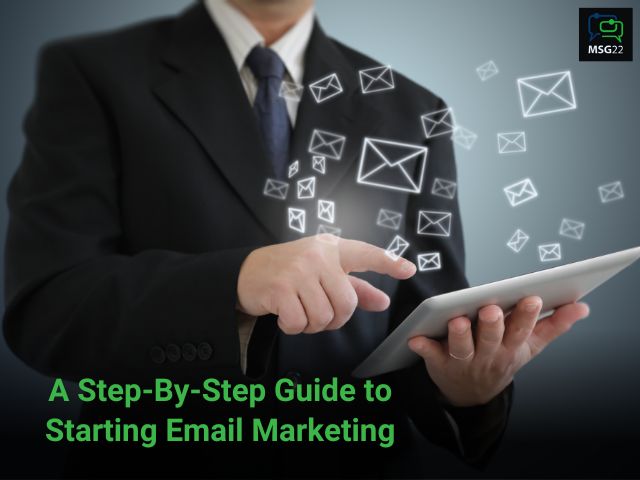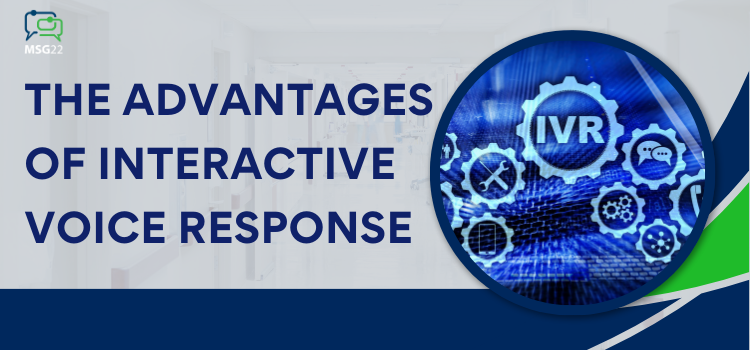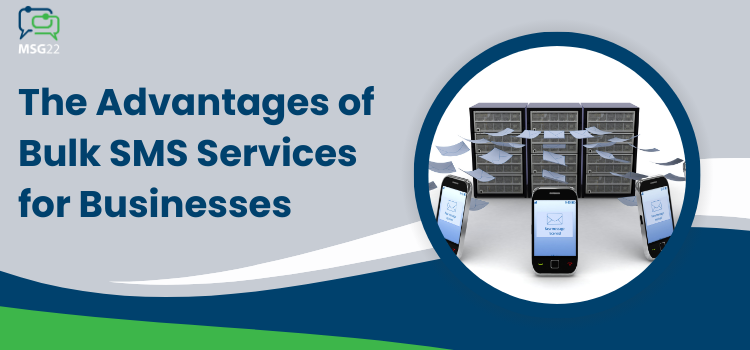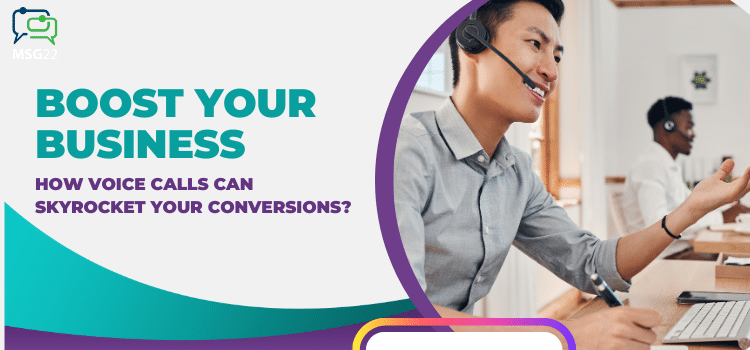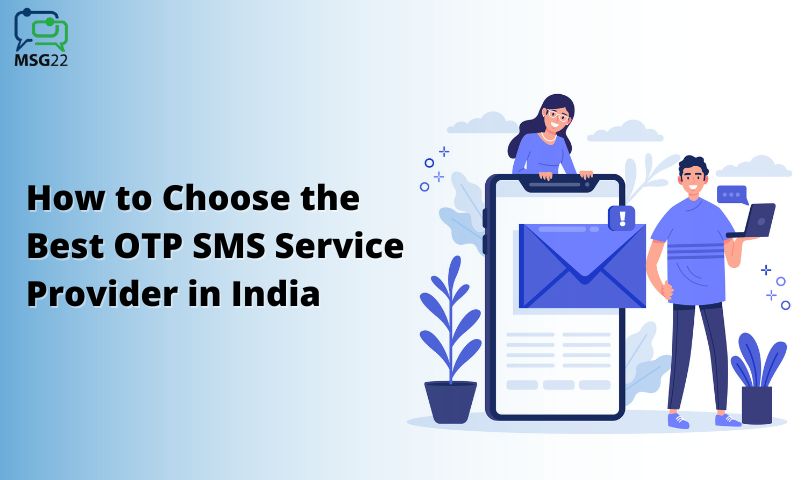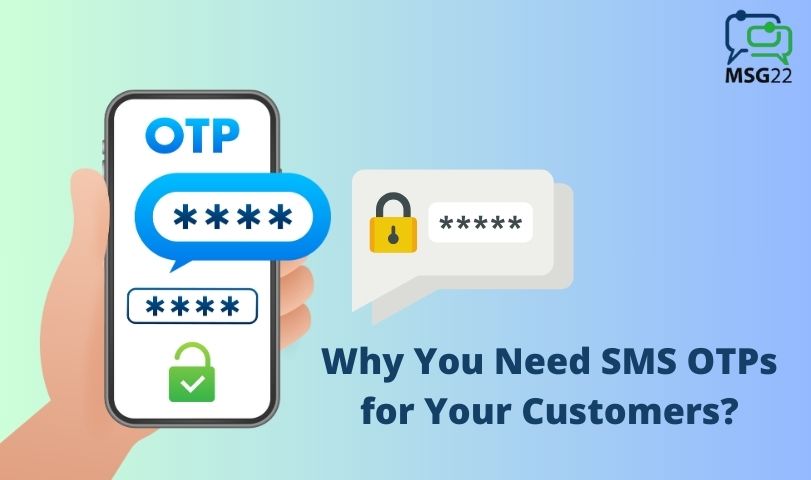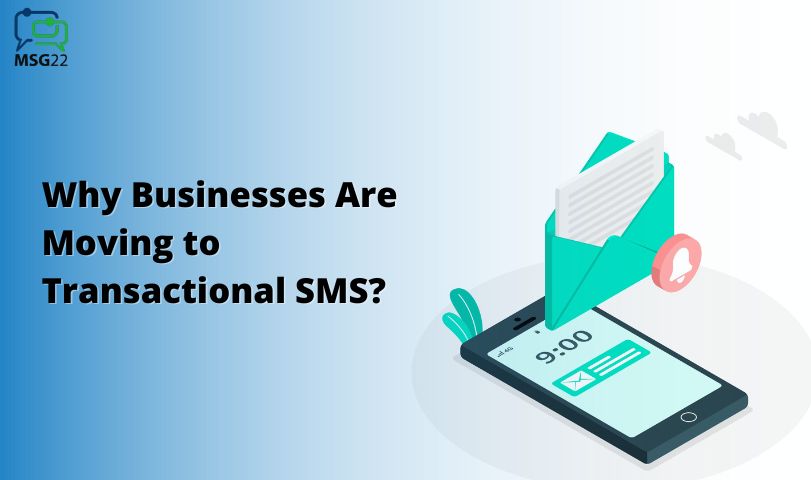Why do people still believe emails are in digital marketing? Do you think email marketing is worthwhile, or do you still think this ten-year-old tactic works well for marketing? Yes is the answer to these inquiries! By sending targeted customers personalized emails, it is possible to deliver persuasive messages that turn leads into sales.
It also helps us inform our consumer base of the advantages of our product. You can send a plethora of different kinds of emails. While we’ll go into more detail on this later, email can assist businesses of all sizes in connecting with and informing their target market.
What is email marketing?
By utilizing email campaigns, and a lead generation channel, companies can inform their customer interaction list of new products, sales, and other details. Because of its excellent value for money, it is crucial to most businesses’ overall inbound strategy (ROI).
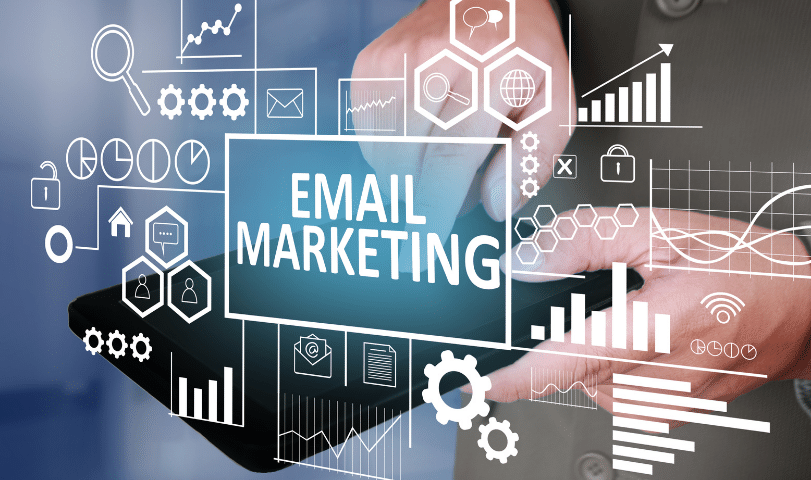
Modern email marketing places more of an emphasis on segmentation, personalization, and consent than on mass mailings that are one-size-fits. Even though it might take a lot of time, marketing automation handles the majority of the labor-intensive work for you. In the long run, a successful email marketing strategy fosters brand community in addition to increasing sales.
How to effectively use email marketing
You’ll want to reach the pinnacle of your game keeping these outcomes in mind. For efficient email marketing services, adhere to these steps.
1. Define your audience
To effectively communicate with your audience via email, you must first understand them. Knowing who your customers are will help you create content for your emails that is relevant to them.
What qualities do your ideal clients possess? The more you know about your clients as well as who is most probably going to be interested in what you’ve got to give, the greater effective your email campaign will be.
2. Set goals
Setting goals will help you stay focused and prevent you from sending out spam by giving each email a purpose. We’ll cover how to evaluate your overall results in a later step, but your goals should be measurable and assist you in making that decision. Consider your company’s requirements as you set your goals.
3. Choose an email marketing platform
You can achieve the objectives that you’ve set for your campaigns with the aid of solid email marketing services. You can use it to make sending emails and gauging the success of your marketing campaign more efficient. It simplifies the process and enables you to have everything in one location.
When selecting a platform, you should make sure that it is strong enough such as Msg22 for the scale you desire and that you will receive the support you require.
4. Determine campaign type
One clear call to action (CTA) should be included in your email marketing campaign for your customers. Additionally, a coordinated series of targeted emails created to engage customers over a predetermined period should be included.
It’s crucial to choose your campaign type so you can concentrate on what will best reach the target audience you’ve identified.
5. Build an email list
You are building your market segment as you build mailing lists. It’s important not to purchase an email list, even though it might seem like a simpler course of action. Your time will likely be wasted by prospects on a purchased email list who are not in your target market. Developing your email list naturally is the best strategy. You can use the following strategies to gradually increase your email list:
- Current email lists from your business
- Computerized customer relationship management
- New email subscription requests via social media or your website
- Promotional offers and restricted content
Make sure to frequently contact customers to ask for their emails so that interested customers can quickly provide you with their contact information.
6. Segment your list
By classifying your customers into various groups, segment your email list. Your ability to personalize the emails you send will increase the likelihood that your recipients will open and interact with them.
Consider possible distinctions between your clients when sectioning your email list so you can tailor your responses to them. To increase the effectiveness of your email campaign, each of these segments should relate to the campaign’s objective. Your campaign may benefit greatly from differentiating your customers.
7. Create your email
Your CTA’s response rate will depend on the content of your emails, that you ought to have included. It is ultimately what will enable you to achieve your objectives, such as increased sales or customer education. It is best if your email content is tailored to draw in your audience, particularly if it is tailored for various email list segments.
8. Do not forget the Follow up
A follow up email sequence is very important to convert the most subscribers of your list. Make sure that you are not very persuasive. Follow ups are not for sale, they are to build trust and nurture the subscriber. Focus on giving value, sharing case studies and telling personal stories that they can relate to.
The gap between two follow up emails should be long enough to not be annoying and also short enough to stay in their minds. The best is every alternate day, not every day. And at maximum, go for 5 days. If you wait more than 5 days, you will lose their attention.
9. Test It out
Since email campaigns are generally inexpensive, it’s a good idea to test out various iterations to determine which is most profitable for your company. You’ll examine your test results to determine which content, subject lines, CTAs, and other elements help your company achieve the predetermined goals. You can fine-tune your email campaign through testing so that it achieves the desired results.
10. Analyze your outcomes
Only through assessing your outcomes will you be able to tell how well your email marketing campaign was conducted concerning your goals. The analytics function of an email marketing platform enables you to monitor various success metrics. There are many metrics you can take into account. Consider which metrics most closely match your objectives as you decide which analyses to run.
Conclusion
When used properly, email marketing is a cheap and efficient way to encourage customers to interact with your brand. However, if you use bulk email services like Msg22, segmenting, creating email campaigns, testing, and analytics are even simpler.
You can design, plan, and deliver dynamic campaigns using an integrated, no-code interface by drawing on a base of rich customer data. With Campaign, you can manage both online and offline customer journeys and give each customer a customized experience.
